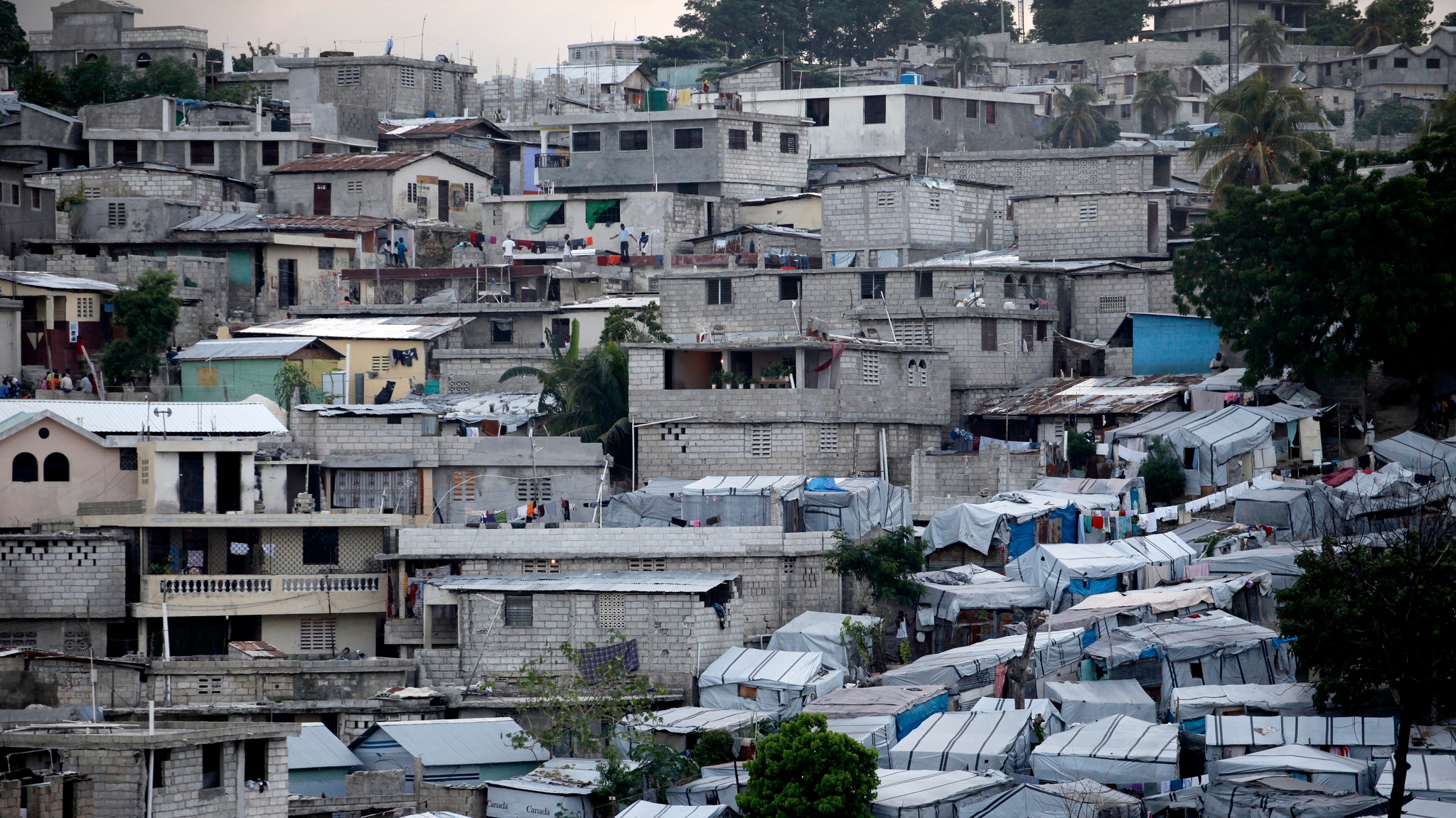The Haiti earthquake displaced more than 1.5 million people. Typhoon Haiyan affected 1.4 million families. What did we learn about moving back displaced families into new homes in the aftermath of a terrible disaster?
Nearly five years after the 2010 earthquake more than 1.3 million displaced Haitians – more than 90 percent - have moved out of the camps. This reduction is dramatic but the challenge remains of finding durable solutions for those who are still displaced.
This challenge is not unique to Haiti. From the Philippines to the tsunami affected countries, resolving post-disaster displacement crises stands out as a critical concern as natural disasters associated with the effects of climate change become more severe.
During a panel discussion at the World Reconstruction Conference in Washington last week, Clement Belizaire, Director of Relocation Programs, Housing and Public Building Construction Unit in Haiti highlighted some of the golden rules and lessons learned from the participatory approach undertaken for neighborhood rehabilitation in Haiti after the earthquake.
“First of all the IDP (internally displaced population) must be given a voice. Second, they have to be given a choice. Third national and local leadership is of essence especially in a country like Haiti where culture is strong. And the most important thing for the international community is to fill in the gaps”, said Clement Belizaire.
Typically, the large part of the most vulnerable population affected and displaced are renters. This was particularly the case in Haiti. “90 percent of the people displaced wanted a rental solution”, he said.
Haiti successfully piloted a rental support cash grant to relocate people and help them move out of camps into safer neighborhoods. Through this initiative, the families benefit from a year’s support in secure housing of their choice. It allows families to negotiate their own rent so they can use the extra money saved from their rent to pay down their debts, pay school fees or start small businesses. This also helped stabilize the rental prices below the USD500 given to families.
While rental subsidies do not provide a permanent housing solution, it helps the families return to their life as it was before the earthquake. The Housing and Public Building Construction Unit with the World Bank just recently issued a manual which provides a blueprint for rolling out similar program in other countries.
Similarly, the Philippines, in the aftermath of Typhoon Haiyan, is using mobile cash transfers to help relocate affected people living in high risk areas. “Right now one of the main challenges is to identify the most marginalized section of the population”, said Lesley Y. Cordero, Undersecretary of the Office of the President Assistant for Rehabilitation and Recovery.
A year after typhoon Haiyan, the government with development partners, is faced with the challenge of building over 200,000 houses and is taking a community driven approach to “build back better and faster” as the country is prone to typhoons.
“We had already piloted a rental program in conflict affected Mindanao. We are trying to tweak the existing mechanism to be able to plug it in disaster affected area,” said Lesley Y Cordero.
In Haiti, there was already a housing deficit before the earthquake. There was no central housing authority, no housing policy, no building codes or urban planning, and a real scarcity of available land and unreliable land records.
Because of the complexity of building new houses in such context, the approach agreed with the Government was to focus on improving basic neighborhood infrastructure to encourage home owners to invest in rebuilding and repairing their properties, increasing available rental housing. “Innovation comes from the people affected by the disaster”, stressed Belizaire.
Summarizing some of the main lessons in finding durable solutions in post-crisis displacement, the Executive Director for the Geneva based Shelter Centre Tom Corselllis highlighted:
- Innovation has to come from local communities and the importance of forming and nurturing community groups to help them articulate their needs
- Solutions should be formulated and facilitated by government.
- Protection of IDPs must take into account the destabilizing effects country by country on how roles and vulnerability of the affected communities have changed as a result of a disaster
- All institutions involved and coordination structure need to benefit from cross fertilization by bringing external capacities and experiences to provide a relevant toolbox of solutions without imposing these solutions

